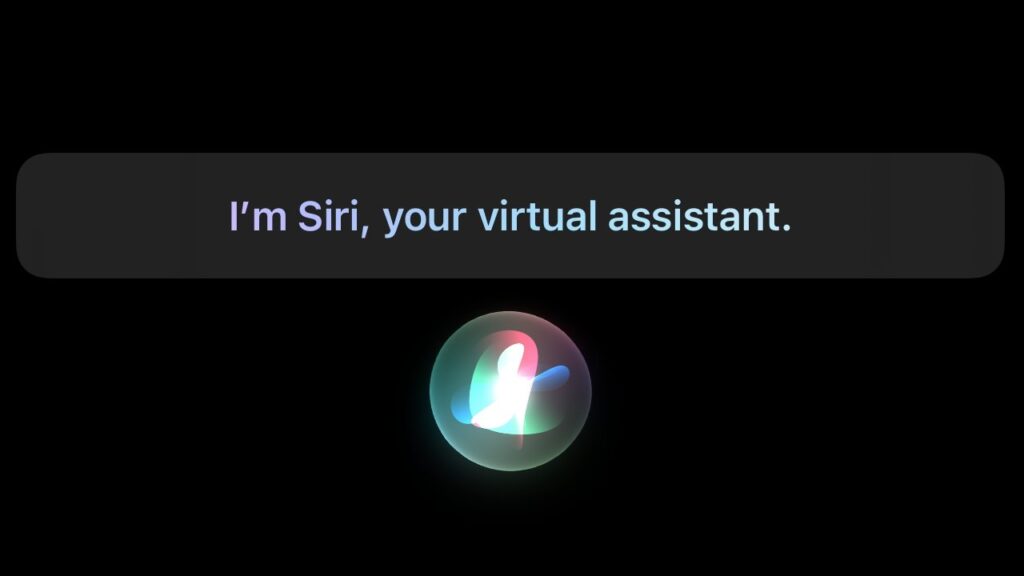In recent years, the advancement of artificial intelligence (AI) and natural language processing (NLP) has been growing at an exponential rate. As a result, virtual assistants like Siri, Alexa, and Google Assistant have become increasingly popular. However, the latest development in the field of NLP, OpenAI’s ChatGPT, is changing the game.
ChatGPT is a language model that has been trained on a massive dataset of over 40GB of text data, making it capable of handling a wide range of tasks and interactions. Its ability to understand and respond to human language makes it one of the most advanced virtual assistants available today. Unlike traditional virtual assistants, ChatGPT is not limited to a specific set of pre-programmed tasks. Instead, it can generate text, summarize long documents, translate languages, and even answer complex questions.
One of the key advantages of ChatGPT is its ability to handle multiple tasks at the same time. This makes it ideal for use in a variety of applications, including customer service, content creation, and research. It can be integrated into a customer service platform to answer frequently asked questions or provide personalized recommendations. In content creation, it can be used to generate complex answers, summaries, and even entire books. In academic research, it can be used to summarize and analyze large amounts of data, synthesizing and presenting a compilation of the probable best alternatives as solutions for decision-makers.
The potential of ChatGPT is not limited to business applications. It can also be used in personal settings, such as messaging apps, to make conversations more natural and personalized. With its advanced language processing capabilities, ChatGPT has the potential to revolutionize the way people interact with technology.
However, despite its advantages, ChatGPT still struggles with tasks that require a deeper understanding of human emotions and social interactions, such as relationship advice or mental health support. There are concerns about the potential for misuse of the technology, such as spreading misinformation or impersonating individuals.
ChatGPT and the Turing test
Also known as the Imitation Game, the Turing test is a test of a machine’s ability to exhibit intelligent behavior equivalent to, or indistinguishable from, that of a human. The test was proposed by computer scientist Alan Turing in 1950 as a way to determine whether a machine can truly be considered intelligent, or act as a convincing human interaction.
The Turing test works by having a human judge engage in a text-based conversation with both a human and a machine. If the judge is unable to reliably distinguish between the human and automated responses, the NLP is said to have passed the Turing test. This test has become a widely accepted benchmark for determining a machine’s intelligence and has been used as a basis for evaluating the capabilities of various AI systems.
Over the years, the Turing test has been the subject of much debate and discussion among computer scientists, philosophers, and AI researchers. While some argue that the test is a good measure of a machine’s ability to exhibit intelligent behavior, others believe it is a flawed measure that does not take into account other important aspects of intelligence, such as creativity, emotions, and consciousness. Despite its limitations, the Turing test remains an important benchmark for evaluating the progress of AI research and development.
Now it’s time for a crucial question: have you had a conversation with ChatGPT yet?
Siri limitations
Siri has several problems that hinder its ability to provide the best user experience, including low adoption of developers integrating SiriKit with third-party apps, as well as an inability to handle more complex tasks, and insufficiently advanced language processing capabilities. These limitations have led to a growing demand for more advanced virtual assistants like ChatGPT, which are better equipped to handle a wider range of tasks and provide a more seamless and “humanized” user experience.
The future of virtual assistants lies in the direction of ChatGPT and other advanced NLP models. With its impressive ability to understand and respond to human language, in reality, ChatGPT is already revolutionizing the way we interact with technology in just a few short months, rendering previous-generation virtual assistants akin to 1980s answering machines.
The time of old, outdated Siri and other traditional virtual assistants is almost up.
The rise of sophisticated NLP solutions like ChatGPT, then, represents a historically important breakthrough in the development of virtual assistants for professional and personal tasks.
Stay tuned for more exciting developments in the field of AI and NLP in the months and years to come, and don’t forget to check our website for the latest news and insights.
